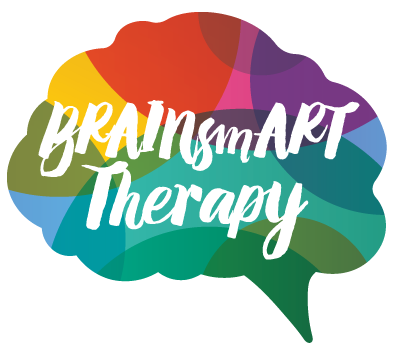What is Cross-Modal Creative Arts for Trauma (CMCAT)?
The cross-modal creative arts for the treatment of trauma is a creative process approach for both client and clinician. The exercises set up a dialogue between the nonverbal modes of perception- what we refer to as the visual, auditory, and kinesthetic modes and the cognitive mode of verbal processing. It was designed over 25 years and started as a means for re-processing and de-sensitizing the impact of stress on the mind, body, and psyche of my piano students during a competitive performance.
I designed the first exercises while teaching piano and as a means to de-stress my piano students when performance or recitals. They learned how to become immersed into the felt-sense of their safe place. With practice, this overrides the destabilizing impact of ‘being watched’ by an audience. They became expressive and calm before my eyes with less anxiety and more technical control. Then I studied what was happening in the brain during creative states of immersion. I observed that the cross-modal exercise of envisioning and immersing in a safe interior space had the power to counteract the chaotic wiring of bad experience that weakened performance. We could create good new memories if we used all the modes of perception and installed the experience into the body’s core.
We do not have to ‘dig’ for traumatic memories that have hurt us and we have forgotten. They ‘surface’ on their own and with the help of Cross Modal Creative Arts approaches. The Cross Modal Therapy is a BrainsmART approach because it allows the nonverbal language of the Brain to access and work with the suppressed sensations and emotions of traumatic material safely through the creative arts. Through visualization of emotions and words labeling, we can contextualize and explain even traumatic experiences as part of our personal history. This process promotes inter-hemispheric connection by seeing, sensing and speaking about the silenced experience- the ‘triune’ or three-part brain is built to integrate information across hemispheres and modes. The cross-modal dialogue facilitates this transfer and the unifies the fragmented sensory, emotional, and visual material originating with traumatic events (Siegel, 2007).
People exposed to developmental trauma have a decreased neural density of the connective tissue that is designed to link the ‘emotional’ brain functions with the ‘verbal’ ‘making sense’ brain functions (Kitayama, 2007).
Recent research in brain science in the creative and meditative state strongly suggests that these two activities produce a bi-lateral synchronization between brain hemispheres. Also, both creativity and meditation practices have produced positive effects on mood and emotion regulation (Sadigh, 1991). It has been my clinical observation that simultaneous activation of visual, sensory, and musical modes of perception facilitates the transfer of non-verbal material from the unconscious into verbal consciousness.
The sensory, affective, and
Once unspeakable material takes visible form, the cognitive processes can re-organize the fragments and assign them meaning (d’Aquili, 1999). This symbol system of the executive brain utilizes metaphors, myths, and ritual as forms to structure traumatic memories into a coherent and meaningful narrative (d’Aquili, 1999).
Cross-modal creative arts exercises bring both sides of the brain to work together in a common task. The right brain qualities bring imagery and new information into the left brain’s sequential space while the left-brain gives meaning to the qualities of the visual language. Because chronic stress during childhood development decreases the density of the neural connections between the right and left brain hemispheres, there is a significantly decreased capacity for crosstalk or cross-modality between the functions of the two sides (Perry, 2002). The cross-modal exercises produce complex sensory stimulation in the neural networks connecting the two brain hemispheres, linking the brain’s verbal modes of cognition to the rich resources of the sensory, emotional, and visual intelligence.
In the 1940’s Gestalt therapy promoted the creative re-direction of the stress response
Stress is an intrinsic part of every new learning and growth experience, but normal stress for the traumatized brain can escalate and trigger the fight, flight or freeze response. The cross-modal approach is designed to utilize these elevated stress levels to reshape and re-organize the raw material of emotions into works of self-expression using art, music, words and expressive movement.

